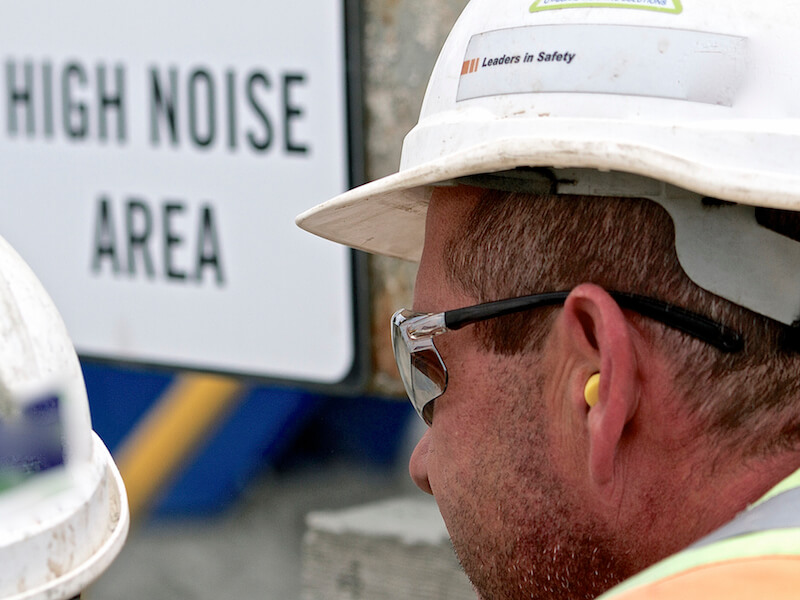
A loud workplace isn’t all that great for your ears (or your concentration, for that matter). Your hearing health can be negatively impacted by even modest levels of noise if you’re exposed to it for several hours every day. That’s why it’s really smart to begin asking questions like, “what level of hearing protection do I need”?
Many of us probably didn’t even realize there were numerous levels of hearing protection. But it seems logical when you stop to consider it. A truck driver won’t require the same amount of protection that a jet engine mechanic will.
Hearing Damage Levels
The general rule of thumb is that 85 decibels (dB) of sound can begin harming your ears. Putting sound into context regarding its decibel level and how dangerous it is, isn’t something the majority of us are used to doing.
When you’re sitting in your car in city traffic, that’s around 85 decibels. No biggie, right? Wrong, it’s a big deal. At least, it’s a big deal after several hours. Because the frequency and duration of exposure are extremely important when it comes to damaging noise exposure.
Common Danger Zones
It’s time to think about ear protection if you are exposed to noise at 85 dB or louder for 8 hour days. But that isn’t the only threshold you should be aware of. If you’re exposed to:
- 90 dB (e.g., lawnmower): Damage will begin to happen to your ears if you’re exposed to this level of noise for 4 hours a day.
- 100 dB (e.g., power tools): Your hearing will be damaged when exposed to this level of noise for 1 hour a day.
- 110 dB (e.g., leaf blower): Anything over fifteen minutes will be harmful to your hearing.
- 120 dB (e.g., rock concert): Any exposure can cause damage to your hearing.
- 140 dB (e.g., jet engine): This level of noise will lead to immediate harm and probably pain to your ears.
You’ll want the hearing protection you choose to be sufficient to bring the volume below that 85 dB level, especially if you’re exposed to those sounds for any amount of time.
Find a Comfortable Fit
NRR, which is an acronym for Noise Reduction Rate, is a scale used to determine the effectiveness of hearing protection. The higher the NRR, the quieter your world will become (temporarily).
It’s incredibly important that you pick hearing protection with a high enough NRR to keep you safe (and your workplace will typically make suggestions about what level will be appropriate).
Comfort is also an essential factor to think about. It turns out, comfort is extremely significant to keeping your hearing healthy. This is because you’re not as likely to actually use your hearing protection if it isn’t comfortable.
Hearing Protection Choices
You’ve got three basic options to choose from:
- Earplugs that sit within the ear canal
- Earmuffs.
- Earplugs that stay just outside of the ear canal.
Each type of protection has benefits and drawbacks, but much of your hearing protection choices will come down to personal preference. Earmuffs are a better option for individuals whose ears are irritated by earplugs. For other individuals, the ability to put earplugs in and leave them in is a better alternative (obviously, you won’t want to forget them for too long… you should take them out at the end of your workday. And clean them).
Find a Constant Level of Hearing Protection
Comfort is essential because any lapse in your hearing protection can result in damage. If earmuffs are scratchy and uncomfortable you’re more likely to remove them for short periods and that can have a negative impact on your hearing over time. So the most important decision you can make is to select hearing protection that you’re comfortable leaving in place during your workday.
Investing in the level of hearing protection you require can help keep your ears healthy and happy.
Call Today to Set Up an Appointment
